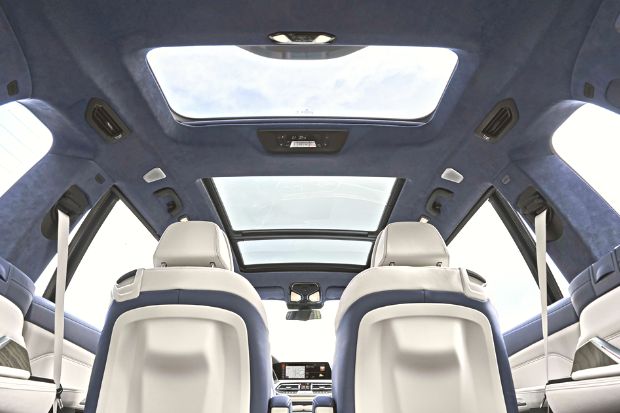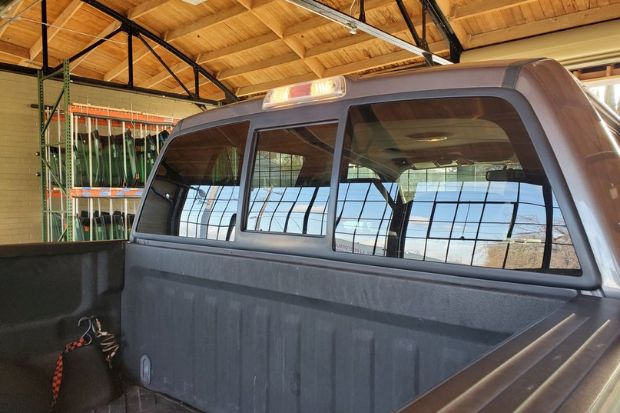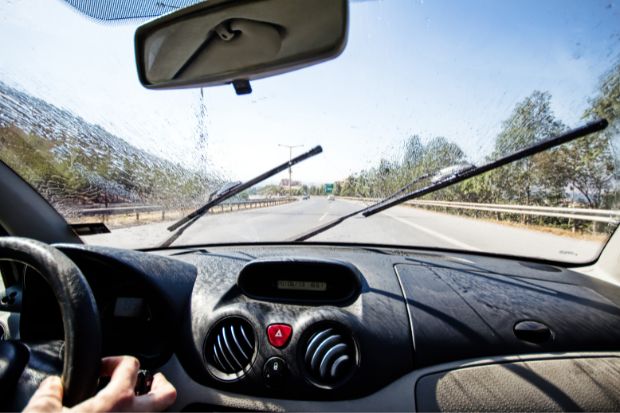What Are The Glass Sliders On A Truck? Slider glass...
The Difference Between A Moonroof And A Sunroof

Moonroofs, sunroofs, and panorama roofs are all different types of car roofs. Which one is right for you? Do they have the same features and benefits? In this article, we will discuss what a moonroof and sunroof are and how it works, as well as their advantages over other types of car roofs.
What is a moonroof?
A moonroof is a roof that has a glass panel that slides or opens to allow fresh air in. It’s also known as a sunroof, panorama roof, and sky roof. Moonroofs can be manually operated (opening the moonroof at will) or automatically operated (opening with the push of a button).
How does a moonroof work?
A moonroof is a panel of glass that sits in place of the sunroof. It’s made of glass and it tilts forward, like a convertible top on a car. Most moonroofs also have controls so you can open and close them at will. Some models even feature tinted glass for privacy.
What is a panorama glass roof?
A panorama glass roof is a type of sunroof that runs the length of the vehicle. It offers a clear view of the sky, and it can be left open even when driving in rain or snow. It’s often called a “panoramic roof” because it gives you an unobstructed view from the side to side, as well as front to back.
Do all cars have moonroofs?
While most cars are getting moonroofs, some don’t have a moonroof. If you want to know if your car has a sunroof or a moonroof, look for the word “moon” or “sun” in the name of your car! If your car doesn’t have either one, then it probably has a panorama roof instead!
Does a moonroof affect gas mileage?
The use of a sunroof in your car will not affect gas mileage. There is no difference between the gas mileage you get with and without a sunroof. Moonroofs, on the other hand, do have an effect on fuel efficiency. The reason for this lies in how moonroofs are designed and used by drivers: it’s usually considered a luxury feature that people use sparingly or only occasionally, so they don’t get as much of an impact from it as they would from something like air conditioning or cruise control (which are essential for driving).
What is a sunroof?
A sunroof is a type of vehicle window that allows light and/or fresh air to enter a vehicle. Sunroofs are usually made of glass and are located on the roof of the car, but they can also be made out of plastic or other materials. Sunroofs can be manually or automatically opened and closed. The purpose of a sunroof is to allow people inside the vehicle to see out without having to open any windows when it’s hot outside because it blocks out sunlight, rain, or snow — this allows for better visibility inside your vehicle during bad weather conditions as well as during sunny days when you want some fresh air.
The most common type of sunroof used today resembles half dome-shaped caps over each seatback with hinges connected at opposite ends so they hinge open like wings above passengers’ heads when opened all the way up; however, newer designs include more than just one panel – multiple panels stacked together vertically instead depending on model year specifications set forth by automakers such as Ford Motor Company who introduced their first prototype called “Skylight” back in 1953!
How does the sunroof work?
Sunroofs are manually operated. This means that you have to open and close them by hand, either with a switch or lever or by pressing a button on the dashboard. Moonroofs are automatic and can be opened with a switch, lever, or button — no hands required!
Advantages of having a moonroof and sunroof in your car
A sunroof is a glass panel that may be opened to allow fresh air into the cabin of your car. A moonroof is similar, but it has more structure around its edges, making it more durable and less likely to break from a collision or from falling debris. Sunroofs provide an easy way to get fresh air in your car without opening windows—they’re particularly useful on road trips where you spend hours driving through hot weather or if you have pets who are prone to leaving smelly surprises in your vehicle.
Moonroofs give you another vantage point for enjoying the scenery while driving, whether that means enjoying a sunny day while looking up at clouds overhead or seeing stars twinkling on cloudy nights. If you have kids who love watching birds fly overhead or wish they could see them up close (without risking their necks), then having a moonroof might make them happy—and possibly even save money by reducing the number of visits needed for chiropractor appointments!
What is the difference between a moonroof and a sunroof?
The difference between a moonroof and a sunroof is the amount of light that comes in through the opening. A moonroof allows for more light than a sunroof but still allows for all of the benefits that come with having an opening in your car’s roof.
Moonroofs are great because they allow you to feel like you’re driving with no roof at all while still providing protection from rain, snow, and wind. Sunroofs offer similar features as moonroofs; however, they do not provide any additional protection against inclement weather conditions.
As far as price goes, this is another area where both options stand out from each other—but only slightly so! Both types of openings will cost you about $1,000 or less depending on brand and model year.
Conclusion
As you can see, moonroofs and sunroofs are both great options for your car. If you want to open up the outdoors and let in some fresh air, then consider a moonroof. If you want to feel like you’re flying without actually taking off by opening up your car roof and letting in some light while still protecting yourself from rain or snow—then get a panorama roof! Do what works best for your lifestyle and driving needs.
Read more Articles
What is an automotive rain sensor?
What is an automotive rain sensor? The automotive rain sensor...


